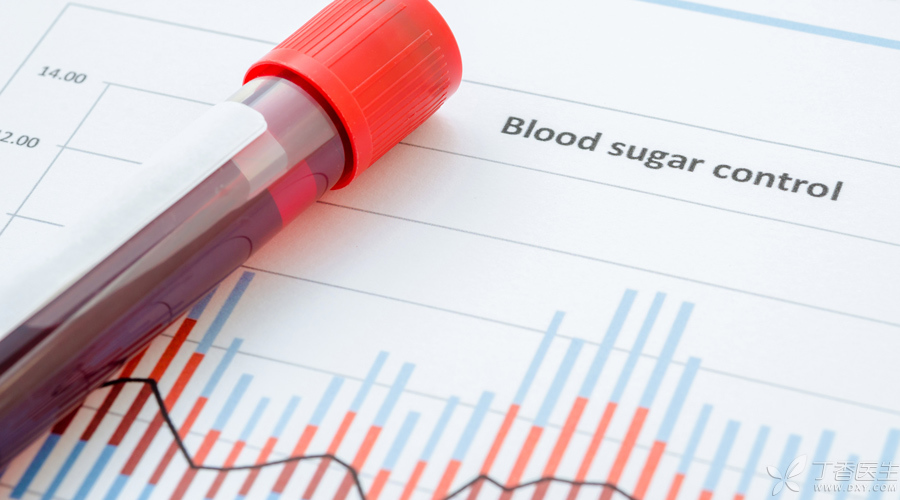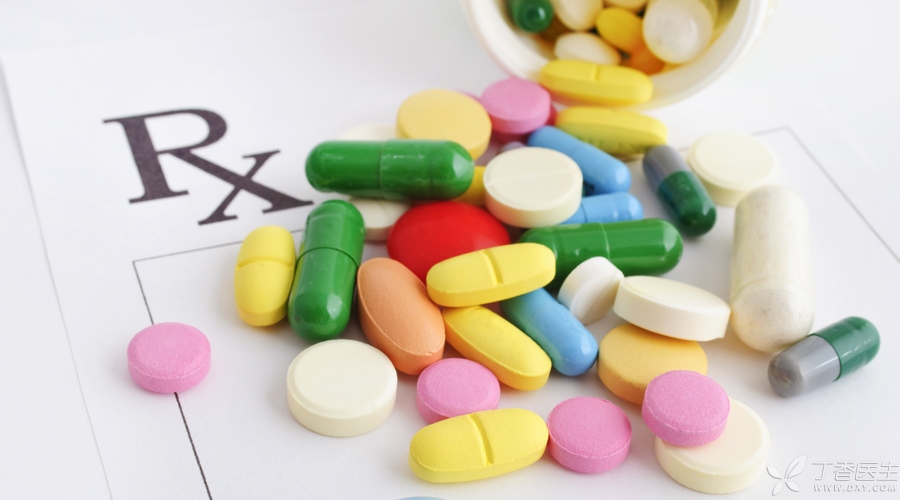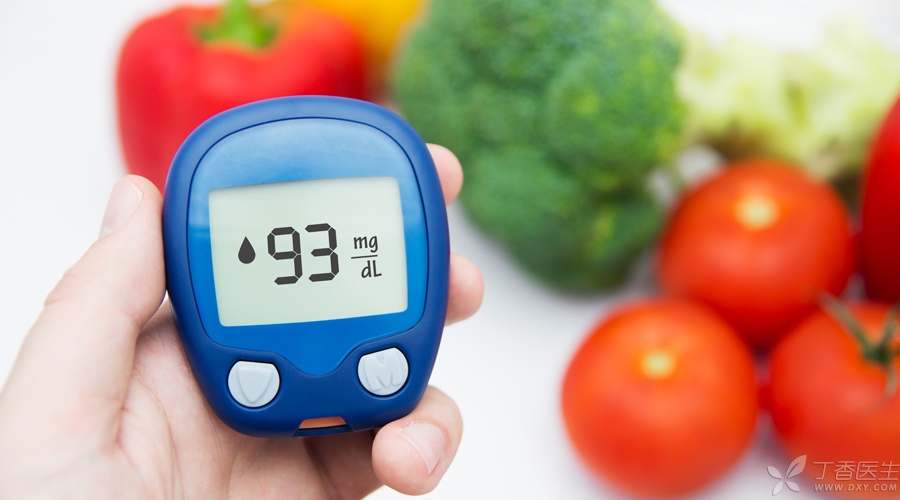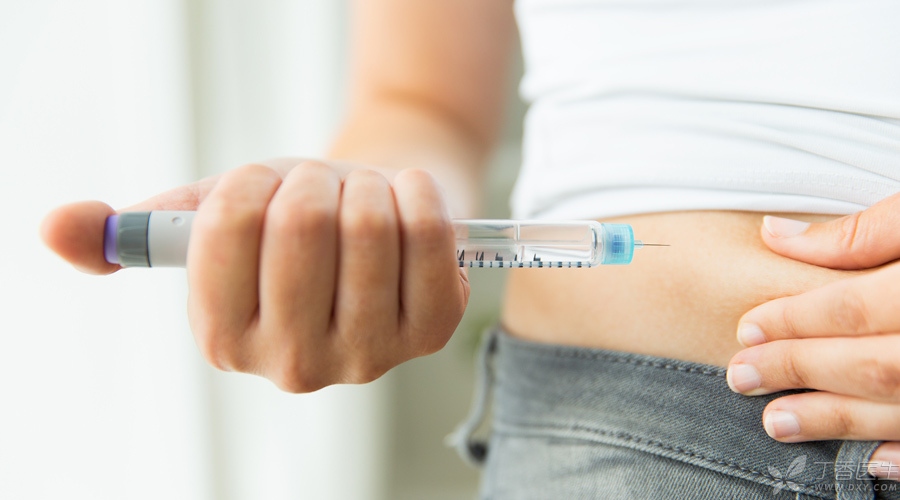
Only when diabetes is properly treated can blood sugar be controlled and the occurrence and development of complications be delayed.
However, due to the lack of understanding of diabetes among many sugar lovers, they are also easily confused by anecdotal rumors and may go into many misunderstandings, which is extremely unfavorable to the control of the disease.
Dr. Clove has sorted out ten misconceptions about diabetes treatment for everyone. Please compare them with yourself as soon as possible.
Myth 1: Diet control and exercise are too casual,
1. Diabetes treatment, take medicine is good
Wrong!
Diet and exercise are also a part of diabetes treatment. Only with the cooperation of diet regulation and exercise can good therapeutic effects be achieved. Otherwise, no matter how good hypoglycemic drugs are, it is difficult to obtain good effects.
2. Diet control is to eat less and not eat staple food.
Wrong!
Diet control is to properly limit the total calories of food while maintaining stable nutrition on the premise of ensuring basic physiological activities.
Excessive dieting will cause malnutrition and hypoglycemia, which may also cause rebound increase of blood sugar, which is not conducive to stable control of blood sugar.
3. [Sugar-free food] does not raise blood sugar
Wrong!
Many [sugar-free foods], such as sugar-free biscuits and sugar-free lotus root starch, although the sugar content is very low and even sugar is not added, there is still a considerable degree of starch and the energy contained is not negligible.
Excessive consumption of these [sugar-free foods] will inevitably lead to an increase in blood sugar. Sugar lovers cannot eat them with their stomachs open, and the energy provided by these foods must also be included in the total energy required every day.
4. After taking the medicine, you can stop exercising.
Wrong!
Exercise is a necessary means to control blood sugar. The exercise time of sugar lovers is generally arranged at 60-90 minutes after meals, while that of adult sugar lovers is kept at least 150 minutes per week (e.g. Exercise 5 days per week, 30 minutes each time).
The intensity of exercise should be moderate intensity aerobic exercise. This kind of exercise makes people feel a little hard during exercise, and their heartbeat and breathing are accelerated but not urgent, such as fast walking, Taijiquan, cycling, table tennis, badminton and golf.
If you can’t take 30 minutes to exercise at a time, don’t worry. Even if you take a short-term exercise (e.g. 10 minutes) at a time, it is beneficial to accumulate 30 minutes a day.
The amount of exercise should be slightly sweating, feeling relaxed and happy, with mild fatigue but no asthma, which can disappear after rest, and it is advisable to have plenty of physical strength the next day.

Myth 2: Believe in Drugs for Radical Diabetes
Sugar friends are eager to cure diseases, believe in small advertisements, listen to [traditional Chinese medicine has no side effects] [traditional Chinese medicine can cure diabetes], believe in the so-called [secret recipe] and [folk prescription], and abandon the original regular treatment plan. As a result, not only blood sugar control is not ideal, but also many toxic and side effects are brought.
It is necessary to remind everyone that there is currently no specific drug for curing diabetes. Neither traditional Chinese medicine nor western medicine has any method for curing diabetes.
Myth 3: Refuse drug therapy, especially insulin
Diabetes is a chronic disease that requires lifelong treatment. This is often difficult for some sugar lovers who have just been diagnosed with diabetes. These sugar lovers always have such a fluke mentality that they do not want to accept drugs to reduce blood sugar, but want to control blood sugar simply through diet and exercise.
In fact, at any stage of diabetes, intensive hypoglycemic therapy can be carried out through oral hypoglycemic drugs or insulin, which is helpful to delay the development of complications.
Insulin is the most powerful weapon to reduce blood sugar, No one can leave insulin, it is a necessary physiological hormone in our body, and it will not be addicted to use. Insulin is used to strengthen hypoglycemia in the early stage of diabetes, which can make islet cells secreting insulin in the body rest, facilitate its functional recovery, improve insulin resistance, and be beneficial to sugar lovers in the long run.
Some sugar friends, after receiving drug treatment for a period of time, if the blood sugar control is better, they can reduce or even stop taking drugs under the guidance of doctors, using simple diet and exercise control. However, it is necessary to insist on monitoring blood sugar, find that blood sugar is unstable, and return to the clinic in time.
Myth 4: Taking Medicine by Feeling, Ignoring Disease Monitoring
If you take the medicine only by feeling and do not monitor the blood sugar, you cannot find out the bad blood sugar control in time and adjust the dosage in time, which may lead to blood sugar fluctuation, bring more complications and aggravate the disease.
Different sugar friends monitor blood sugar with different frequencies:
- Insulin therapy: when the blood sugar does not reach the standard or hypoglycemic therapy is just beginning, the frequency of monitoring blood sugar should be ≥ 5 times a day, and the patients who have reached the standard should be 2-4 times a day. Non-insulin therapy: when the blood sugar does not reach the standard, the blood sugar should be monitored 3 days a week, 5-7 times a day, and after the blood sugar reaches the standard, the blood sugar should be monitored 3 days a week, 2 times a day.
The blood sugar standard generally refers to glycosylated hemoglobin < 7.0%, or the standard value is set according to the doctor’s advice.
The monitoring time point is adjusted according to the treatment plan. Blood sugar before and after three meals and before going to bed is often monitored. Some sugar lovers also need to measure blood sugar at night.
Glycosylated hemoglobin is the best indicator to evaluate long-term blood sugar control and needs to be monitored on time. At the beginning of treatment, glycosylated hemoglobin is tested every 3 months, and once it reaches the standard, it can be tested every 6 months.
Hypertension and hyperlipidemia are both risk factors for atherosclerosis. Hypertension and hyperlipidemia can accelerate the deterioration of diabetic nephropathy and retinopathy, and must be monitored and treated at the same time.

Myth 5: Eager to Hypoglycemic, Frequent Dressing Change
Hypoglycemic drugs gradually show their efficacy with the extension of medication time. Many sugar lovers, in order to lower their blood sugar quickly, took the medicine for a few days without authorization and even added other hypoglycemic drugs.
This kind of practice is very dangerous, easy to overcorrect, cause hypoglycemia, and even hypoglycemic coma risk.
You know, some hypoglycemic drugs will not achieve the maximum hypoglycemic effect until they are taken for half to one month.
Therefore, sugar lovers should gradually adjust the dosage according to blood sugar under the guidance of doctors.
If the blood sugar still does not drop or the control is not ideal at the maximum effective dose of the drug, then the doctor will consider changing the dressing for the sugar friend and adding other hypoglycemic drugs or insulin.
Myth 6: Think that the lower the blood sugar, the better
Many sugar lovers only pay attention to hyperglycemia, but ignore the harm of hypoglycemia, believing that the lower the blood sugar, the better. In fact, the harm of hypoglycemia is higher than hyperglycemia, especially for elderly sugar lovers.
Sugar friends whose blood sugar is lower than 3.9 mmol/L are hypoglycemia. Sugar friends who often suffer from hypoglycemia will affect their brain and heart, inducing myocardial infarction and stroke.
Therefore, the lower the blood sugar control, the better. The doctor’s advice should be followed. The doctor will choose the appropriate blood sugar control range according to age, illness, complications, etc.
Myth 7: Insulin Injection, Needle Not to Take or Change
Some sugar lovers, after taking insulin every time, If the needle is not removed, a channel is established between the refill and the outside world, causing bacteria in the air and on the needle tip to enter the refill through the needle tube, thus increasing the chance of local infection by injection. In addition, if the needle is not removed, air will enter the refill, resulting in inaccurate measurement of the insulin pen and blood sugar fluctuation when used again.
Repeated use of insulin pen needles will lead to needle tip bending and deformation, causing pain at the injection site, induration, local infection, fat atrophy, etc., and even cause serious consequences of needle fracture in the body.
Therefore, after each insulin injection, the needle must be removed and put into a suitable container for discarding, so as to achieve [one needle at a time].

Myth 8: Improper Storage of Insulin
Unopened insulin refills should be stored in the refrigerator compartment (about 2 ℃ ~ 8 ℃). However, do not put it in the freezer compartment, otherwise frozen insulin will appear particles or crystals after thawing and cannot be used again.
If there is no refrigerator, the next best thing to do is to store it in a cool place, but it is not suitable for long-term storage. Under indoor normal temperature (about 25 ℃), unopened insulin refills can be stored for about one month.
After opening, insulin refills should not be stored in the refrigerating chamber, but should be stored at normal temperature and in a cool place. After opening, the storage time should not exceed 1 month at most.
Myth 9: Stop taking drugs without authorization after blood sugar drops to normal,
At present, there is no radical cure for diabetes. After a period of treatment, clinical symptoms disappear and blood sugar drops to normal, which does not mean that diabetes has been cured, and medication should be continued to maintain, diet control and exercise must not be relaxed, and drug withdrawal is forbidden without authorization.
Otherwise, it is easy to cause recurrence of hyperglycemia and deterioration of the disease condition. At this time, it is often ineffective to restore the original drugs and doses for treatment. However, it is necessary to increase the doses or require a combination of various hypoglycemic drugs and insulin for treatment, which will bring greater burden to sugar lovers.
Myth 10: Slow-release tablets are broken or chewed to eat.
Some sugar lovers often break or chew the slow-release dosage forms of gliclazide sustained-release tablets and glipizide sustained-release tablets due to their large volume in order to make it easier to swallow. However, this is wrong.
The effective ingredients of sustained-release tablets are all wrapped in special films, and the content of drugs is 2-3 times higher than that of ordinary tablets, so many sustained-release tablets only need to be taken once a day. However, such tablets cannot be broken, because the broken drug outer membrane is damaged, which will accelerate the release of drugs and may cause hypoglycemia reaction.
